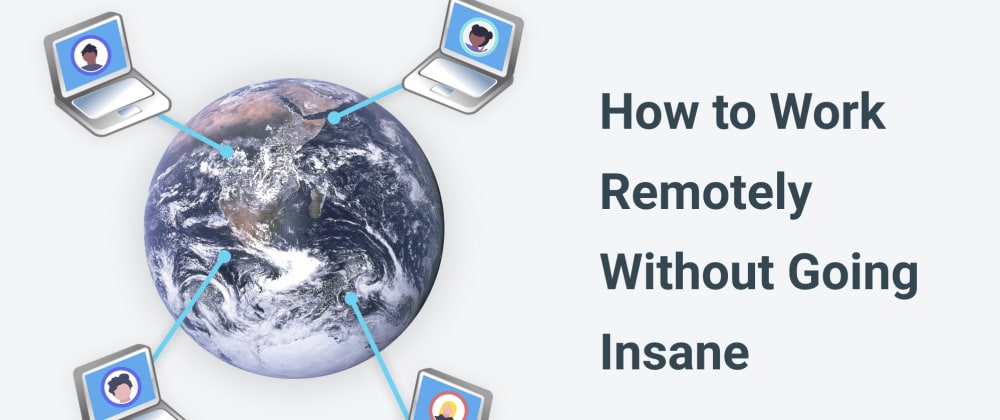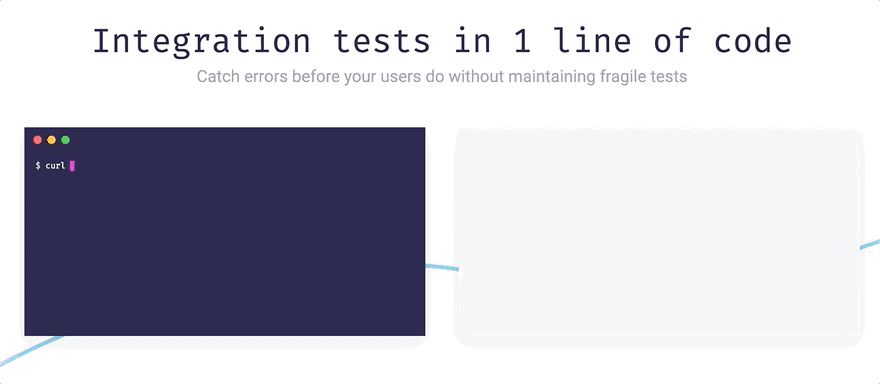The future of work is remote.
In recent years, fully-remote companies like GitLab, Zapier, and InVision have proven that a remote culture is not just a perk, but a clear business advantage. Technology is accelerating this transition. We can chat instantaneously in Slack, coordinate a global videoconference through Zoom, and track our entire roadmap in Asana.
For employees, remote work provides more flexibility (hours, family time, no need to move when switching jobs), fewer distractions (no sales calls happening next to your desk), and shorter commutes (or no commute). For companies, a remote culture makes it easier to hire, reduces office costs, and naturally attracts self-motivated workers.
Despite its advantages, remote work can have drawbacks. Between loneliness and isolation, organizational ambiguity, unclear work/life boundaries, and complex coordination, remote work offers several challenges.
None of these challenges are insurmountable. At walrus.ai, we've thought a lot about how we can improve our remote-first culture. By introspecting on the disadvantages of remote work, we can structure our days thoughtfully to mitigate or eliminate these disadvantages at the root-cause.
Remote work is not without challenges
Working remotely can be lonely
Humans are social animals. Research suggests that when unplanned, spontaneous social interactions prevent loneliness. When you work remotely, you miss such interactions that are endemic to the office — chatting at the desks, passing people in the hallways, sitting down for lunch. If you're not careful, it's easy to feel isolated, particularly if you're transitioning into a remote job from a bustling office.
It's easy to feel out of the loop
If documentation at your particular company is poor, it's easy to feel lost as a remote worker. If your goals are ambiguous, remote policies ill-defined, and spontaneous meetings occurring behind closed doors, it's easy to feel like you're left out as a remote employee.
Coordination is challenging
When a team works across multiple time-zones, coordinating real-time meetings is challenging. A bright-and-early meeting in San Francisco might be squarely when you want to tuck in your child in Amsterdam.
Work/Life boundaries can become blurred
If you live, work, and sleep in the same physical space, the lines between these your work time and your personal time can easily fade. Furthermore, the flexibility of remote work can cause your work hours to be different than your social community, increasing feelings of isolation.
How to structure your days to live your best remote life
✅ Define Done
When you are in a traditional office, it's clear that the day is ending when people start to filter out. When you work remotely, you don't have such obvious cues, and it's easy to lose track of when you should stop working.
To counteract this, give yourself a target. When you start working for the day, choose a rough timeframe when you want to finish your work for that day. If something about your day changes significantly that causes you to step away from working (exercise, last-minute appointment, etc.), re-evaluate and adjust your target end-time, and try to stick to that time.
▶️ Identify triggers
When you sit down at your desk in an office, your body knows it's time to work. When you wake up in the same place you'll work for the day, there's no clear start to the work day.
Teach your brain to start working by associating certain actions (or "triggers") with the commencement of work. For example, walk around the block, and when you return, start your work. Or simply stay in your PJs up until you're ready to start working, then change your clothes and immediately kick off your work day.
Choosing a routine or process to start the day will help sharpen the lines between life and work, and will get you into deep focus faster.
📄 Document everything
Successful remote cultures rely on strong documentation. When in doubt, you should document what you are working on, even when it feels like too much. Create publicly-trackable tasks for everything you plan on working on. Block out time on your public calendar so everyone knows what you're up to during the day. Write down your approach for whatever task you're working on in a publicly-viewable document.
Thoughtful and publicly available documentation helps others gain visibility on what you're working on, reduces the need for meetings, and gives you more structure in what you're going to work on in a given day. Furthermore, the more available documentation, the less likely anyone will feel out of the loop with respect to decision-making thought processes or what's being worked on.
👩🏻💻 Choose a work area
If behavioral psychology has taught us anything, it is that animals behave predictably to repeated stimuli. Just like a dog might start salivating when you walk to the cabinet in which its food is held, you'll want to take a nap if you climb into bed.
To get into the work mindset, choose an area of the house (or a different place, like a co-working space or a coffee shop) to start your day that you only associate with work.
And for the love of god, don't work in your bed, or you'll want to sleep while you work, and you'll think about work when you're trying to sleep.
❌ Eliminate unhealthy micro-temptations
When we finish a small task, it's in our nature to want to take a break. These breaks can be healthy – they provide us the opportunity to take stock of where we are, recharge, and focus on the next task at hand.
However, there's a limit past which these breaks take us into unproductive territory.
If too many micro-temptations (easily available snacks in the kitchen, the TV playing in the background) are present while you're trying to work, you may find yourself constantly getting distracted whenever you finish a task, no matter how small.
To stay in the zone, keep the snack food farther out of reach, keep the TV off, and you'll get more done, and feel a greater reward when you take a well-deserved break.
👋 Find time for informal communication
Spontaneous interactions, and unstructured time with friends and colleagues make us happier. To avoid feeling lonely while working remotely, proactively set aside time with your team to get to know eachother outside of a work context — coffee chats with folks in your area, social calls, or team offsites are all good ways to bond.
Furthermore, and ironically, working remotely may also force you to be more proactive about scheduling time to spend time with your friends, particularly if you work non-traditional hours.
Lastly, play with your work environment. Go to a coffee shop or a library where other people like you will be working.
📈 Measure results, not hours
When you're in an office, it's natural to measure productivity in terms of "days of work". Remote work requires more self-discipline than simply clocking in and out of an office. At a company level, a culture of measuring results gives every employee more clarity about what he/she should be working on.
At an individual level, setting measurable goals and tracking results is a great way to stay on track with the global objectives of the company without constantly checking in with other people, as well as a good way to determine when to stop working (when you accomplish the specific goal you set out for a day).
Wrapping it up
As more companies adopt tools to enable better synchronous collaboration and asynchronous task management, the shift to remote work will continue to grow.
To ensure this transition is successful, both for the company, and for the individual, specific measures should be taken to address the inherent disadvantages of remote work.
At the end of the day, you can conquer these disadvantages by structuring your days to draw clear lines between work and life, triggering your mind to focus on work, and building in social time to your schedule.
Have any other tips for living your best remote life? Let us know!
Are you a remote engineer?
Remote teams use walrus.ai to automate their integration tests. Try it out free!




















